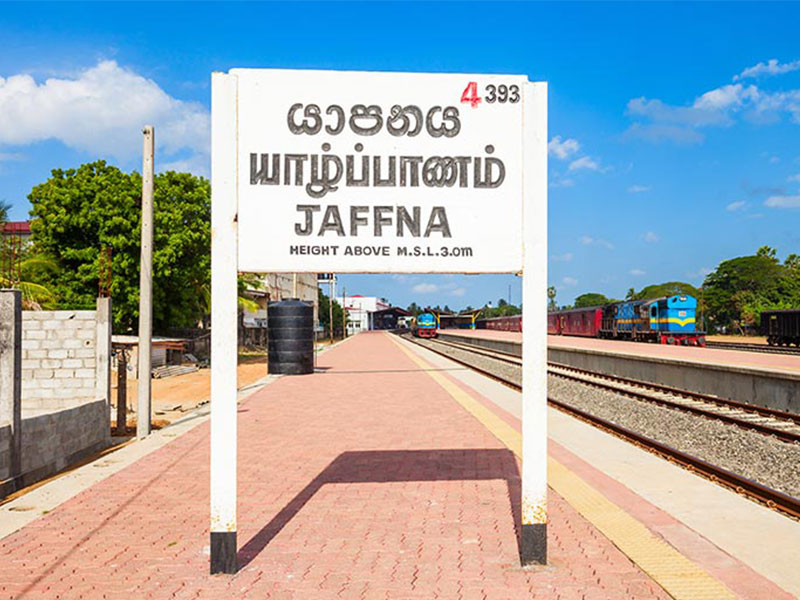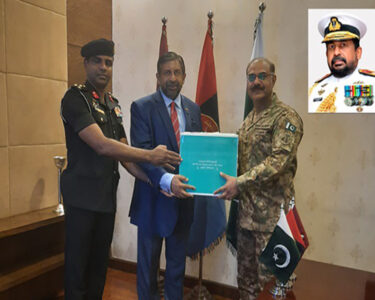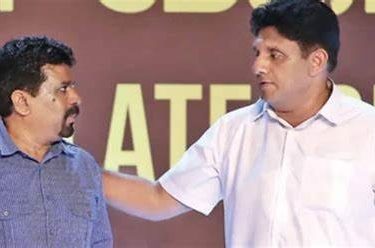A decade after the guns fell silent in Sri Lanka’s brutal civil war, the scars of conflict remain etched deep in the socio-economic tapestry of the North and East. Though post-war years saw a flurry of infrastructure initiatives, their fruits haven’t ripened equally, leaving a bitter taste of uneven development in the mouths of many. Bridging this development gap isn’t just an economic imperative, but a crucial step towards reconciliation and lasting peace in Sri Lanka.
The divide created by uneven development is a well established fact
*Data from the Department of Census and Statistics: Even after a decade of post-conflict efforts, Northern and Eastern Provinces still have higher poverty rates than the national average. In 2016, their respective poverty headcount ratios were 7.7% and 7.3%, compared to the national figure of 4.1%
*”Recovering from Sri Lanka’s Civil War: Development Challenges in the North” by Samuwandi Kariyawasam: This research paper highlights that all four districts with double-digit poverty rates are located in the North and East.
2. Economic Contribution:
*Central Bank of Sri Lanka data: Despite infrastructure projects, the contribution of the North and East to Sri Lanka’s GDP remains low. Northern Province accounts for only 4.1% and Eastern Province 5.7%, while Western Province (containing Colombo) holds 38%.
*Sri Lanka’s Unequal Recovery: Regional Dimensions of Growth and Disparity” by World Bank: This report analyzes regional disparities in Sri Lanka and finds that the North and East continue to lag behind in economic growth and diversification compared to the Western Province.
3. Employment
Department of Statistics Labor Force Survey: Unemployment rates in Northern and Eastern Provinces remain high, indicating a lack of job creation. Jaffna, in the North, has one of the highest unemployment rates in the country.
4. Institutional capacity:
“Northern Province Development Plan” by a group of experts: This report criticizes the post-conflict reconstruction strategies for not meeting expectations and highlights the lack of institutional capacity in the North and East.
5. Microfinance crisis:
Reports by media and human rights organizations: High-interest microfinance loans plunged many low-income individuals in the North and East into debt, demonstrating a lack of support for small businesses and financial literacy.
While post-conflict infrastructure development has had some positive impact, it hasn’t translated into equitable benefits for the majority of people
The focus on large-scale projects often neglects small businesses, skill development, and sustainable economic growth in these regions.
Poverty, a stubborn weed in the fertile fields of development, continues to choke the North and East. Statistics whisper a disturbing truth: even after a decade, these regions grapple with higher poverty rates than the national average. The microfinance crisis, a venomous serpent slithering through communities, trapped many in a debt spiral, further exposing the lack of support for small businesses and financial literacy.
The post-conflict strategies, while well-intentioned, missed crucial ingredients for sustainable growth. The focus on large-scale projects ignored the needs of the microcosm – small businesses, skill development, and institutional capacity building. This resulted in high unemployment, especially among the youth, leaving them vulnerable to despair and disillusionment, fertile ground for the seeds of discord to sprout anew.
To bridge this chasm of inequality, a paradigm shift is needed. Focus must pivot towards empowering the local economy. Supporting and nurturing small businesses, equipping the workforce with relevant skills, and fostering agricultural production with global market access are vital steps. These efforts, woven together with robust institutional capacity building, can create a tapestry of sustainable development, where prosperity isn’t a distant mirage but a tangible reality for all.
The pursuit of equitable development transcends the realm of economics; it paves the way for reconciliation. The wounds of war, fueled by historical inequalities, fester until addressed. By ensuring inclusive economic opportunities and fostering a sense of shared prosperity, Sri Lanka can build trust and bridge the social and political divides that still linger. Equitable development becomes the mortar that binds a fractured nation, laying the foundation for lasting peace and stability.
Sri Lanka stands at a crossroads. One path leads to a future where the gap between the North and East and the rest of the country widens, perpetuating grievances and jeopardizing long-term stability. The other path, illuminated by the torch of equitable development, offers a brighter future – one where shared prosperity heals the wounds of the past and paves the way for a truly united Sri Lanka.
Reconciliation, whispered plea
In shared prosperity, we finally see.
Not scars of war, but woven thread,
A nation whole, from darkness bled.
So choose the path where bridges sing.
Of unity, where hearts take wing.
Let north and south, in chorus, rise.
And paint a dawn with healing skies.
Shamel Caseem







